Blue Ash Tree
- October 10, 2023
- 0 comment
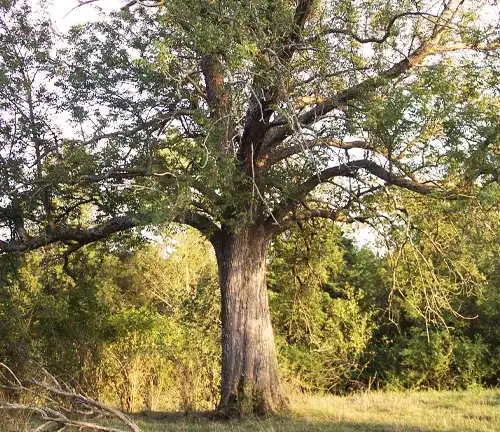
The Blue Ash tree, scientifically classified as Fraxinus quadrangulata, stands out among its arboreal counterparts with a unique and visually striking feature—its squared branches. Indigenous to the central and eastern regions of North America, this deciduous tree reaches impressive heights of 50 to 80 feet (15 to 24 meters), presenting a commanding presence in its natural habitat. The distinctiveness of the Blue Ash is further enhanced by its compound leaves, adorned with serrated edges. What lends this tree its name is the subtle bluish tint found on the undersides of its leaves, adding an enchanting dimension to its overall appearance.
Beyond its aesthetic appeal, the Blue Ash has been historically valued for its wood, which boasts exceptional strength and durability. The squared branches contribute not only to its unique visual identity but also to the robustness of its timber, making it a valuable resource in various applications. Unfortunately, similar to many other ash species, the Blue Ash faces a considerable threat from the invasive emerald ash borer, underscoring the need for conservation efforts to protect and preserve this distinctive species.
Conservation initiatives become paramount not only to safeguard the Blue Ash’s unique characteristics but also to maintain its ecological contributions. As a native tree, it plays a role in local ecosystems, providing habitat and sustenance for various wildlife. Recognizing the challenges posed by invasive species, communities, and conservationists are working diligently to ensure the continued existence of the Blue Ash, allowing it to endure as a testament to the rich biodiversity and natural beauty of North American landscapes.
| Characteristic | Description |
| Scientific Name | Fraxinus quadrangulata |
| Type | Deciduous Tree |
| Height | 40 to 60 feet |
| Growth rate | Medium |
| Sun exposure | Full sun to partial shade |
| Soil type | Well-drained, moist soil |
| Native Region | Central and Eastern North America |
| Branches | Unique squared branches, a distinctive feature |
| Habitat | Thrives in a variety of soil types, often found in upland forests and along riverbanks. |
| Longevity | Can live for several decades under optimal conditions. |
A Brief History
The Blue Ash tree (Fraxinus quadrangulata), a species native to North America, boasts a fascinating and rich history. This deciduous tree has long been a symbol of strength and adaptability among various indigenous cultures. The name “Blue Ash” is derived from the tree’s distinct bluish-gray bark, setting it apart from its ash tree counterparts.
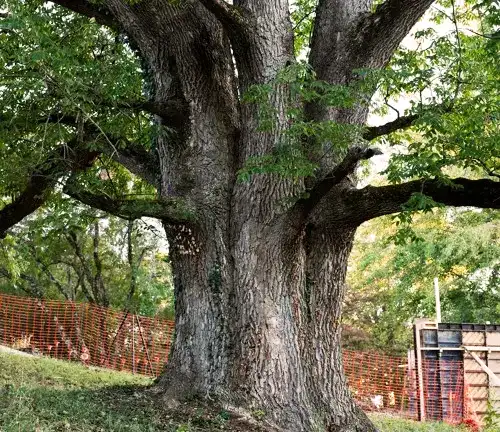
Color/Appearance
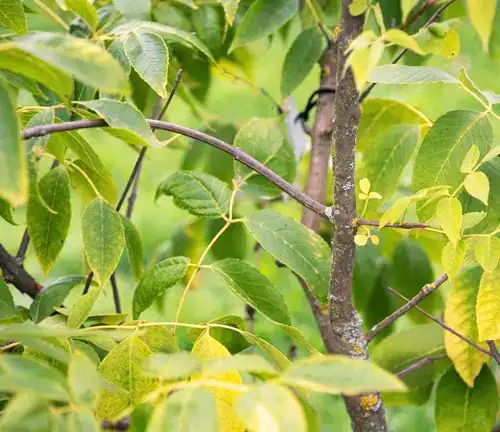
Distinguished by its unique bluish-gray bark, the Blue Ash stands out in any landscape. The leaves, typically pinnate with serrated edges, turn vibrant shades of red, orange, and purple during the fall, creating a spectacular visual display.
Unique Features
One of the most distinctive features of the Blue Ash is its square-shaped twigs. Unlike most ash trees with round twigs, the square form adds an interesting geometric element to its overall appearance. This characteristic is not only visually appealing but also aids in identification.
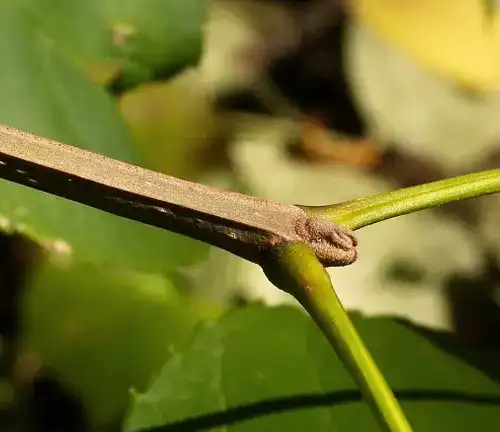
Ecological Importance
The Blue Ash tree plays a crucial role in maintaining ecological balance. Its leaves provide a valuable food source for various insects, and its branches offer nesting sites for birds. Additionally, the tree’s root system helps prevent soil erosion, contributing to the overall health of the ecosystem.

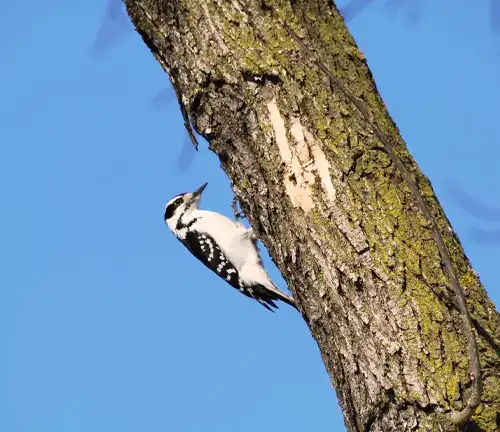
Adaptation and Resilience
Adaptability is a hallmark of the Blue Ash. This species has demonstrated resilience in the face of environmental challenges, including pests and diseases. Its ability to thrive in diverse soil conditions makes it a resilient choice for urban and suburban landscapes.
Cultivation and Care
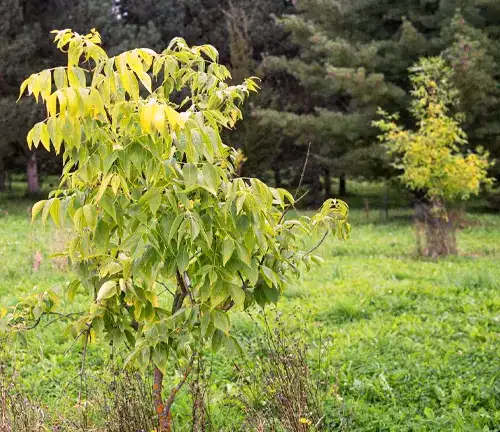
Cultivating a Blue Ash tree requires a keen understanding of its preferences. While it generally prefers well-drained soils, it can tolerate a range of conditions. Adequate watering and periodic pruning are essential for maintaining a healthy and vibrant Blue Ash.
Wood Products and Applications
The wood of the Blue Ash tree is prized for its strength and durability. Historically, it has been used in the construction of tools, handles, and even furniture. Its straight grain and fine texture make it a favorite among woodworkers.

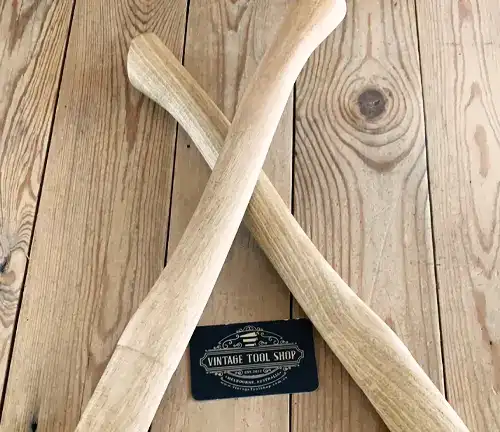
Other Uses
Beyond its wood, the Blue Ash has other practical uses. Native American communities have utilized various parts of the tree for medicinal purposes, showcasing its cultural significance beyond its aesthetic and structural value.
Threats and Conservation
Despite its adaptability, the Blue Ash tree faces threats from invasive species, diseases, and habitat loss. Conservation efforts are vital to preserving this unique species, including monitoring for signs of infestation and promoting sustainable land management practices.
Benefits
The benefits of the Blue Ash tree extend far beyond its visual appeal. From providing habitat for wildlife to contributing to soil health, this species offers a myriad of advantages. Its adaptability also makes it a valuable asset in urban forestry.
Conclusion
In conclusion, the Blue Ash tree stands as a testament to nature’s resilience and adaptability. Its unique features, historical significance, and ecological importance make it a valuable asset in both natural and cultivated landscapes. Conservation efforts and responsible cultivation practices are essential to ensuring the continued presence of this remarkable species for generations to come.

Frequently Asked Questions (FAQs)
- Why is it called the “Blue” Ash tree?
The Blue Ash tree is named for its distinctive bluish-gray bark. This unique coloring sets it apart from other ash tree species, which typically have brown or gray bark. - What makes the square twigs of the Blue Ash tree special?
Blue Ash trees have square-shaped twigs, a feature that distinguishes them from most other tree species with round twigs. This unusual characteristic not only adds visual interest but also aids in identifying the tree. - Are there any cultural or historical associations with the Blue Ash tree?
Yes, various indigenous cultures in North America have historical associations with the Blue Ash tree. Some tribes considered it a symbol of strength and resilience, and they used its wood for various purposes, including making tools and ceremonial items. - How does the Blue Ash contribute to wildlife habitat and biodiversity?
Blue Ash trees play a crucial role in supporting wildlife. Their leaves serve as a food source for numerous insects, and the tree’s branches provide nesting sites for birds. Additionally, their root systems help prevent soil erosion, contributing to overall ecosystem health. - What are the primary threats to the Blue Ash tree, and what conservation efforts are in place?
The Blue Ash tree faces threats from invasive species, diseases, and habitat loss due to urban development. Conservation efforts include monitoring for signs of infestation, promoting responsible land management practices, and raising awareness about the importance of preserving this unique species.



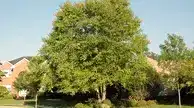
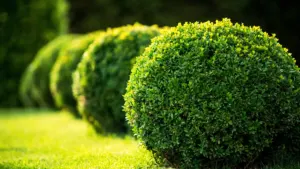
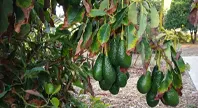
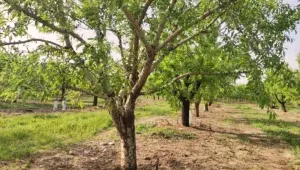



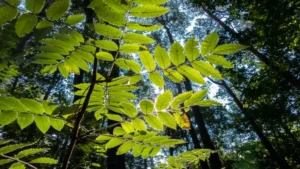

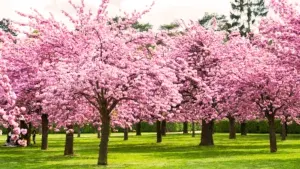
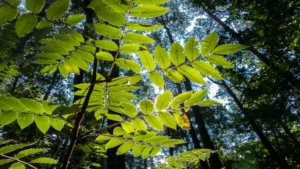
Leave your comment